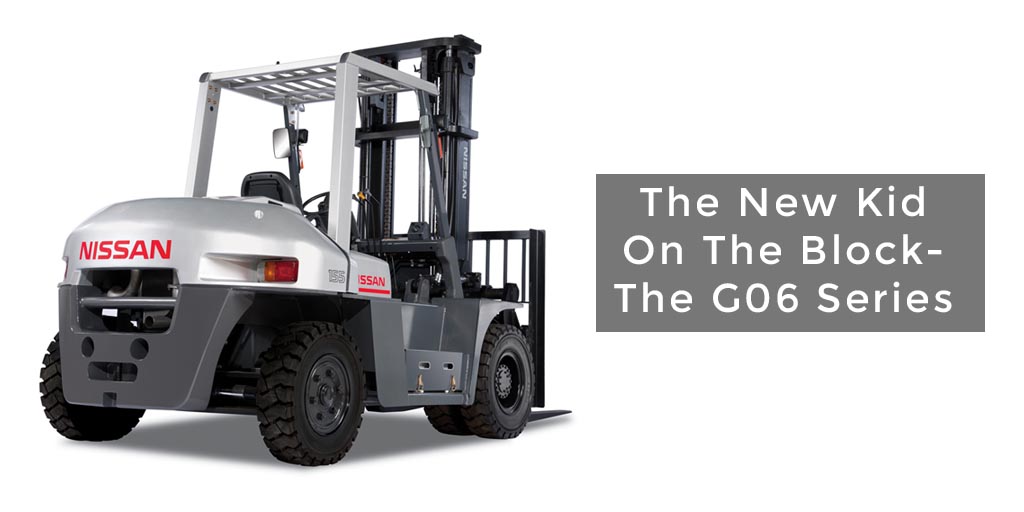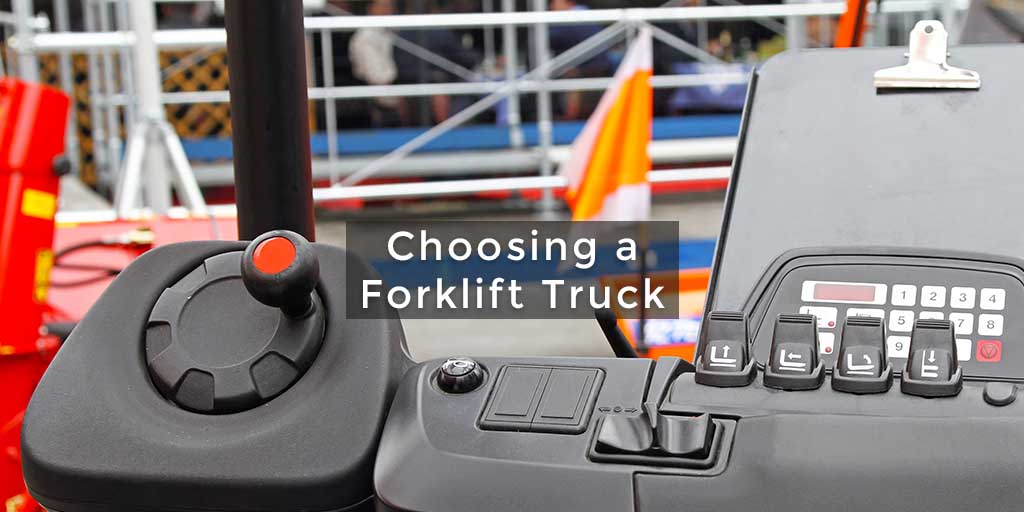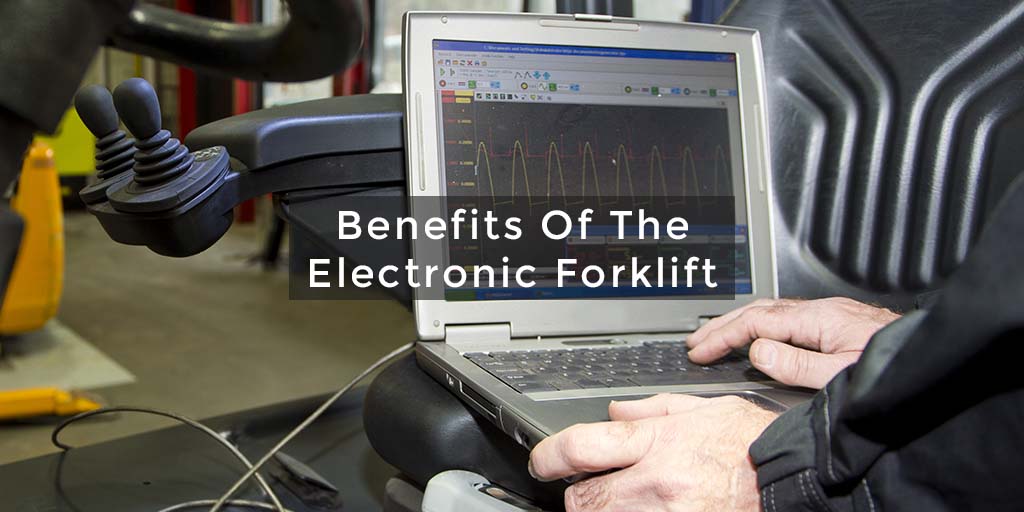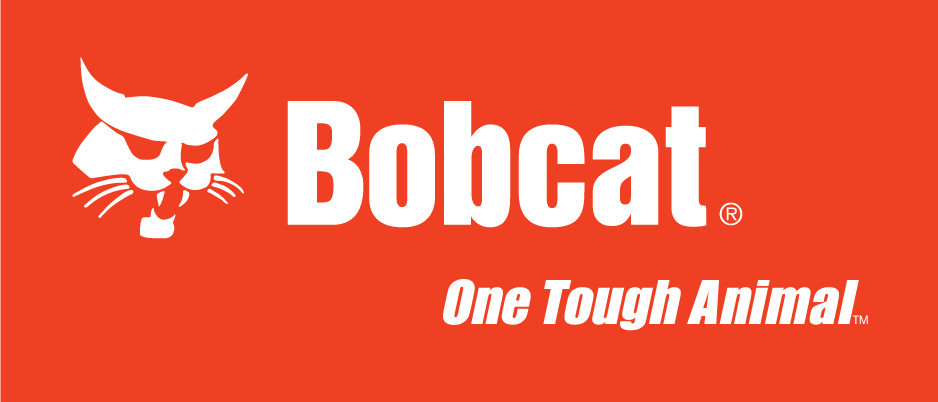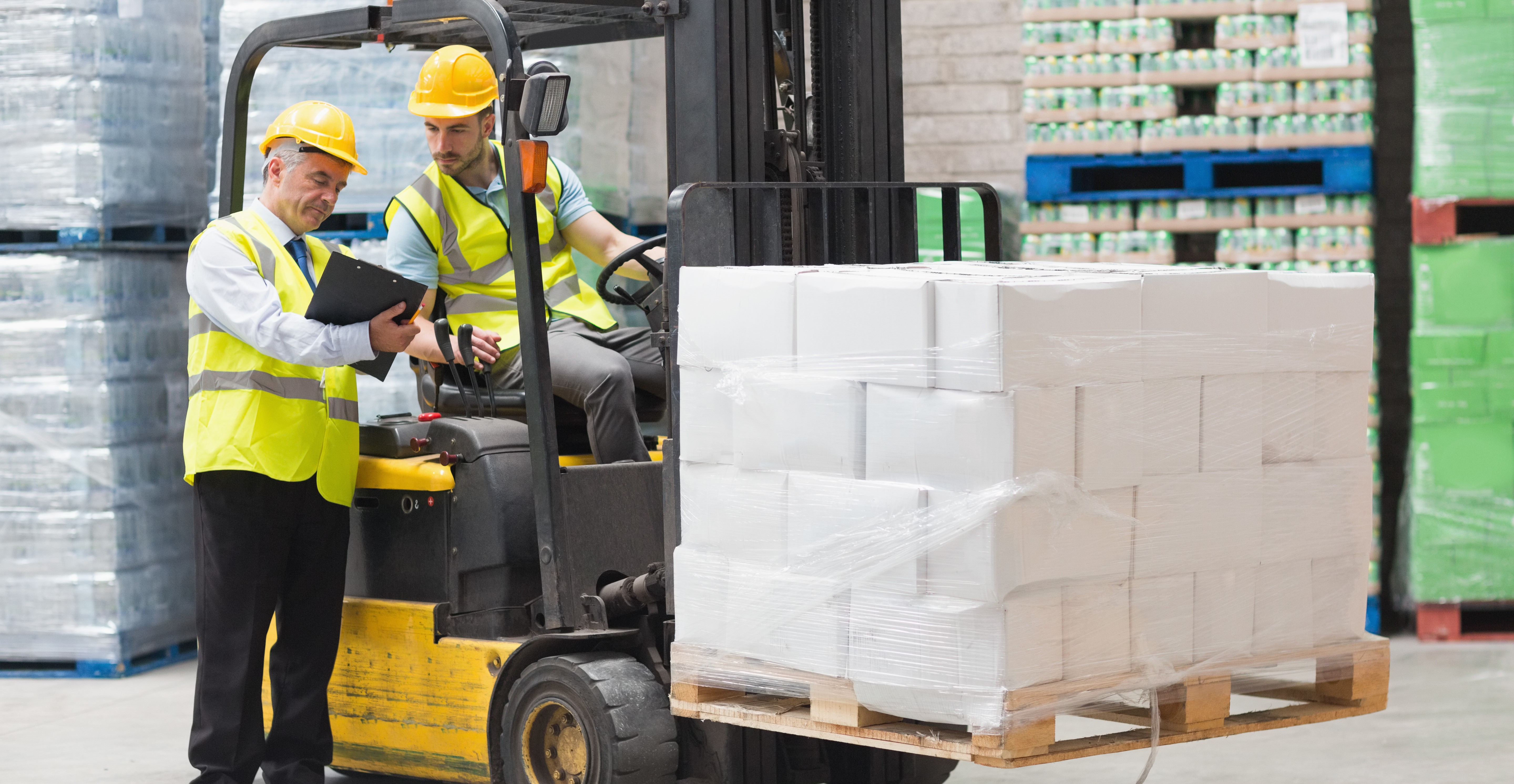
With health and safety regulations receiving endless updates almost on a yearly basis, it can be tough keeping up with obligations regarding forklift trucks and the training required to operate them.
Obviously most employers are aware that forklift drivers must have a basic operator training qualification, but many overlook the other stages of training which all forklift operators must be provided with. A recent incident involving an 18 year old forklift operator whose truck toppled and crushed his legs, revealed that the worker had been covered with basic training, but had received no formal instruction in the safe use of his truck in the workplace.
When a forklift driver is trained in basic operation they are usually taught the basic practicalities of how to operate a forklift truck, such as manoeuvring, hydraulic controls, inspection procedures, and a basic understanding of how to run the machine safely. But this initial course should only ever be thought of as bedrock on which further knowledge must be built.

This basic run-through of how to use a forklift truck covers a set of circumstances which are extremely general, and so the next step is to expand on this initial training with workplace specific instruction.
Within specific job training a forklift operator should be shown how to use the skills they have learnt within the context of their workplace. The first step is to familiarise your driver with the equipment and any attachments which they will be expected to use.
Don’t take it for granted that each driver will have trained on a forklift with similar layout to yours, because the split second needed to figure out which button to push or which switch to flip could be the difference between success and catastrophe.
It is also important within this specific job training to help your employees get to know their working environment. Any known hazards local to your site should be covered in depth, and employees should be taught about the working conditions they will experience on site. If there will be tight corners and ramps, educate your forklift driver in how to safely operate in this environment. Does your workplace have high-footfall areas or speed limits? Make sure this information is repeated and remembered, or at least provided in some easily referenced documentation.
If the workers at one Warwickshire food manufacturer had been properly trained in the safe operation of forklifts in their specific environment, one 26 year old man may have escaped injury. Unfortunately after being thrown from a set of forks he was riding in an unsafe manner, the man suffered a fractured pelvis and several broken vertebrae. Had the company bosses figured out a safe way for this worker to complete his tasks, their employee would have escaped serious injury, and they would have avoided fines and costs totalling over £100,000.
After this second stage of training you may feel your forklift driver is primed and ready to hit the warehouse floor, but before they are subjected to the hustle and bustle of a typical shift, they must be introduced slowly to a live work situation. This allows both the operator to familiarise themselves with the environment they have studied, and the supervisor to observe whether best practice is being carried out. Start off with simple instructions and build the driver’s confidence gradually throughout your workplace familiarisation training, as throwing too much at someone in one go can make a driver panic, and the last thing you need is someone getting tetchy while hauling several pallet-loads of goods.
Once you have completed these three important steps, and you are confident that your driver has retained the knowledge you have imparted to them, you can safely give them an “Authorisation to Operate”.
It is vitally important that whatever the demands of your company, you do not issue such an authorisation until you have completed your legal obligations in training your forklift operator. The two recent court judgements relating to the forklift accidents we have mentioned make their cause plainly clear. Both tragedies could have easily been avoided had the firm followed all existing safety advice, and fully trained their forklift operators.


